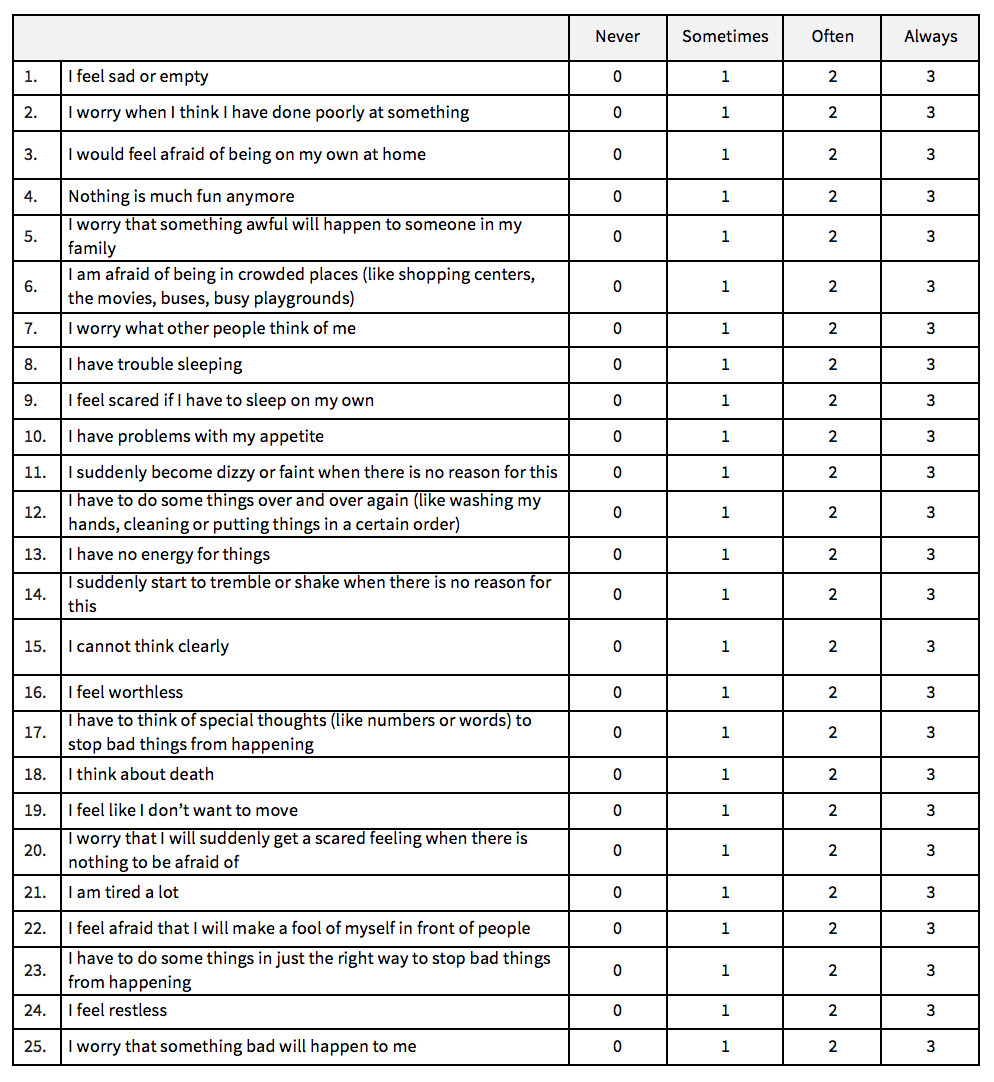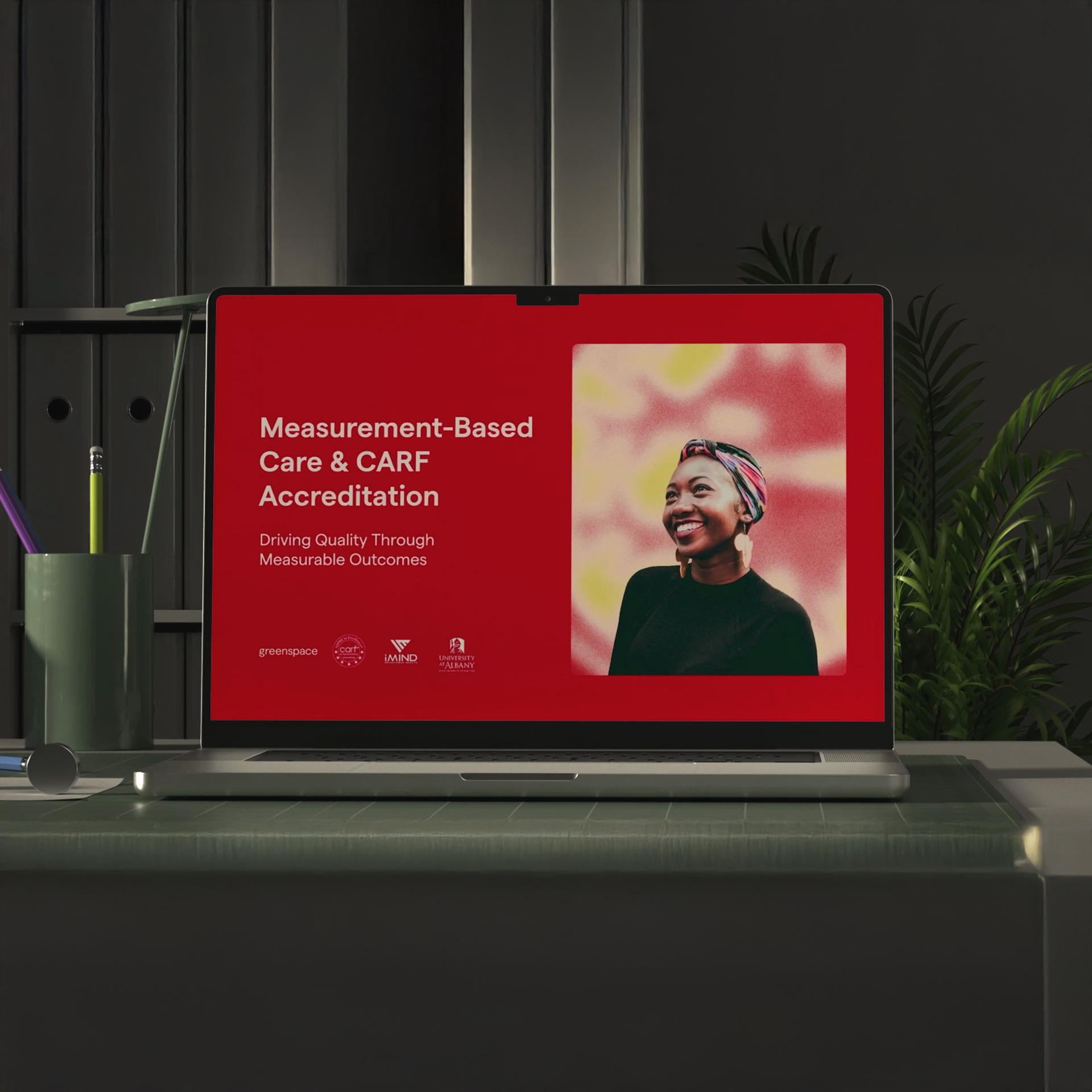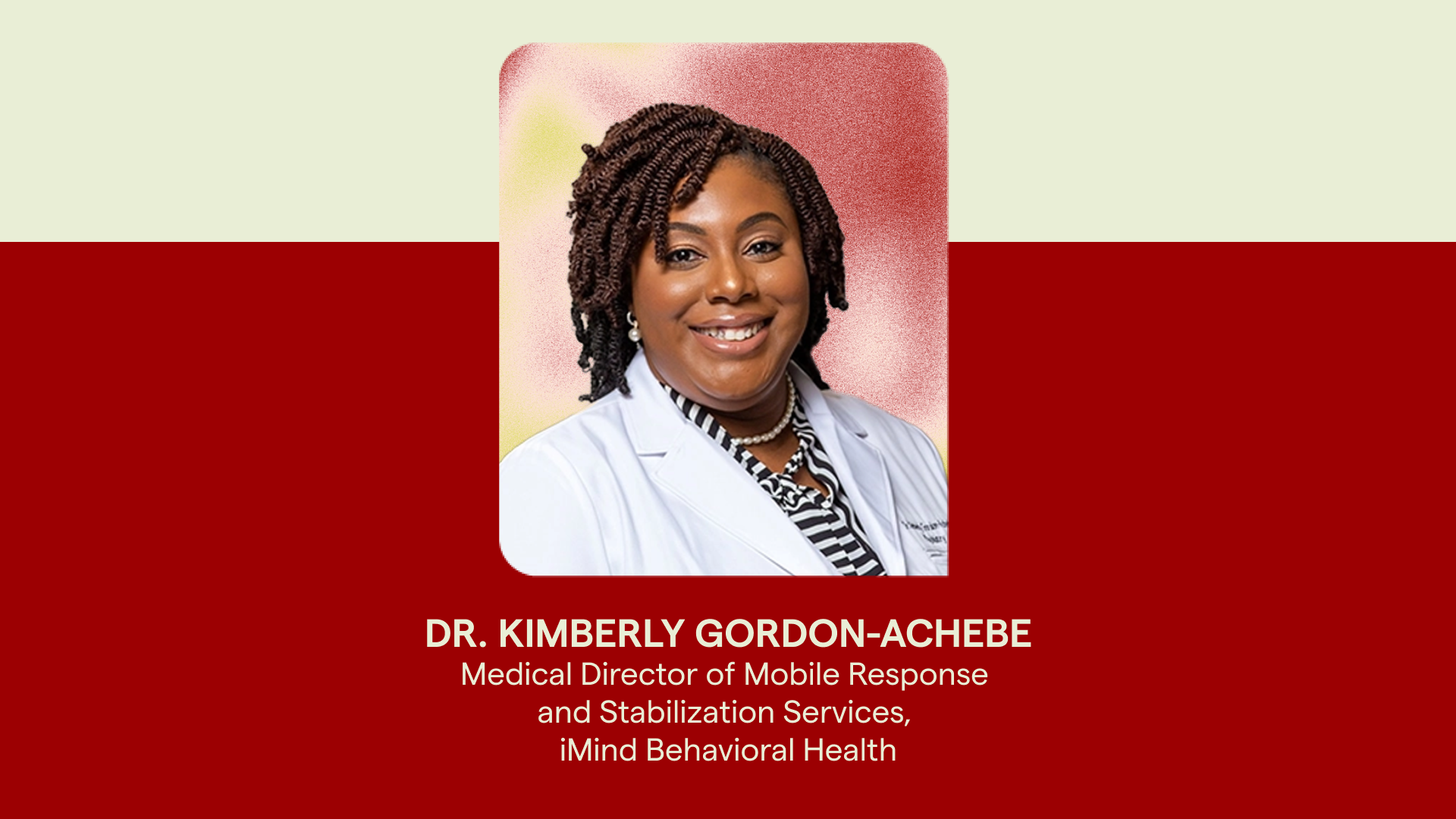
Revised Children’s Anxiety and Depression Scale (RCADS-25)
Recommended frequency: Every 2 weeks
Summary
The Revised Children’s Anxiety and Depression Scale-25 (RCADS-25) is a 25-item scale that measures levels of anxiety (e.g. “I worry when I think I have done poorly at something”) and low mood (e.g. “I feel sad or empty”). The scale has two subscales (Total Anxiety and Total Depression) and an overall score. Both the anxiety and depression subscales have strong relation to anxiety and depression diagnostic groups. All items assess the frequency of symptoms and are rated on a 4-point Likert scale.
The child self-report scale can be used by children and adolescents between the ages of 8 to 18. A parent (or caregiver) version is also available to rate a child or adolescent’s level of anxiety and depressive symptoms based on personal observations (e.g., “Nothing is much fun for my child anymore.”).
Psychometric Properties of the RCADS-25
The subscales of the RCADS-25 have acceptable reliability in clinic (Total Anxiety α = .96, Total Depression α = .80) and school-based (Total Anxiety α = .94, Total Depression α = .79) samples. Other studies have found the Total Anxiety subscale to have good to excellent internal consistency (αs = .87-.95) and acceptable to good test-retest reliability (rs = .78-.86). The RCADS-25 (Parent) subscales and total score demonstrate good to excellent test-retest reliability in school (rs = .83-.85) and clinical (rs = .84-.90) samples and possesses good convergent and divergent validity in both samples.
Sources:
Assessments on Greenspace
Interested in learning more about how Greenspace can simplify and enhance your measurement practice?
Book a CallThe Scale
For the following questions, please select the response that shows how often each of the following things happen to you. There are no right or wrong answers.

Scoring the RCADS-25
The total score of the RCADS-25 is calculated by assigning 0-3 to the response categories of “never”, “sometimes”, “often”, “always”, respectively. The sum of all 25 items is tallied and represents the severity of general anxiety and depressive symptoms.
- The Total Anxiety subscale is the sum of items 2, 3, 6, 7, 9, 11, 12, 14, 17, 18, 20, 22, 23, and 25.
- The Total Depression subscale is the sum of items 1, 4, 8, 10, 13, 15, 16, 19, 21, and 24.
Total scores are converted to T-scores using specific equations that have been developed through research; and account for the gender and grade of each child. In all instances, a higher score reflects a greater degree of symptom severity. Converted scores on the total scale and both sub-scales are divided into scoring ranges, where: (a) scores below 65 represent low severity, (b) scores between 65-70 represent medium severity and are on the borderline clinical threshold, and (c) scores above 70 represent high severity and are above the clinical threshold.
Scoring for the RCADS-25-P is identical to the RCADS-25.

Copyright Information
1998 Bruce F. Chorpita and Susan H. Spence – For terms of use, see User’s Guide at https://www.childfirst.ucla.edu/resources/












